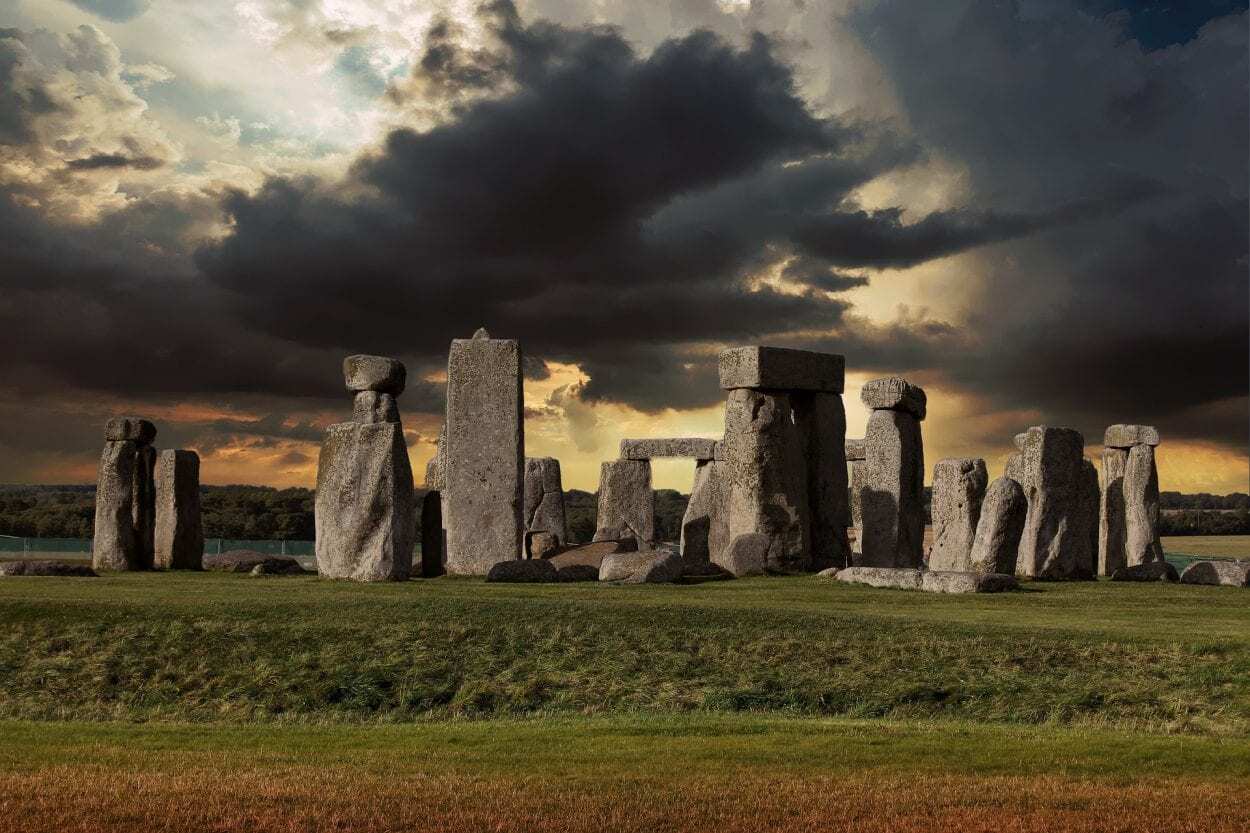A new study, involving Institute research student Christie Willis, has found that around half of the prehistoric bones at Stonehenge belonged to women.
In 2008 archaeologists from a number of UK universities, undertaking collaborative research at Stonehenge, first explored the site and examined the cremated remains of some 60 burials.
Christie Willis, an expert on human remains, sorted through some 45kg of bone fragments to identify which part of the skeleton each fragment came from and to establish the age and sex of the remains.
It appears that around half of the bones discovered belonged to women – in contrast to evidence from older Neolithic tombs in southern Britain, which had higher ratios of adult males to females. She identified 14 females and nine males – some of them children.
Willis told the BBC – “the samples had originally been place in a series of Aubrey Holes around the periphery of the site – which were originally excavated in the 1920s by William Hawley.
These were dug up and reburied in Aubrey Hole seven with the hope that one day there would be a breakthrough to allow them to be analysed.
Because of this the fragments have become co-mingled – or mixed up – which is why the work has taken so long.”







